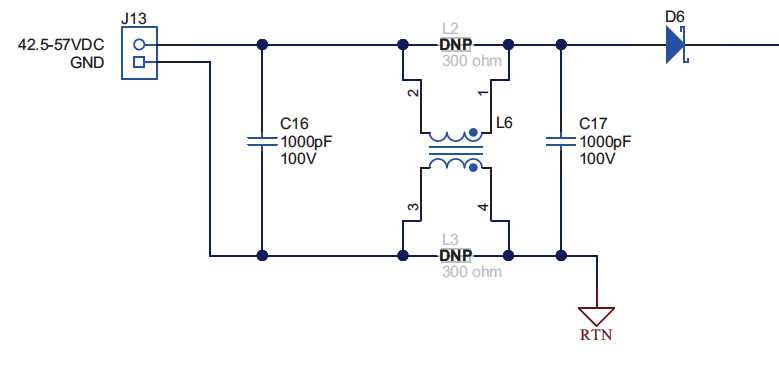Other Parts Discussed in Thread: PMP9175, UCC24630, TPS23757, TPS2372-3EVM-757, TPS23757EVM
Is there a high efficiency reference design from TI using the TPS23753A?
We want to get the maximum output power out of standard PoE - class 0/3.
Also, we are using the Wurth transformer 749 119 350 because of height restrictions.


